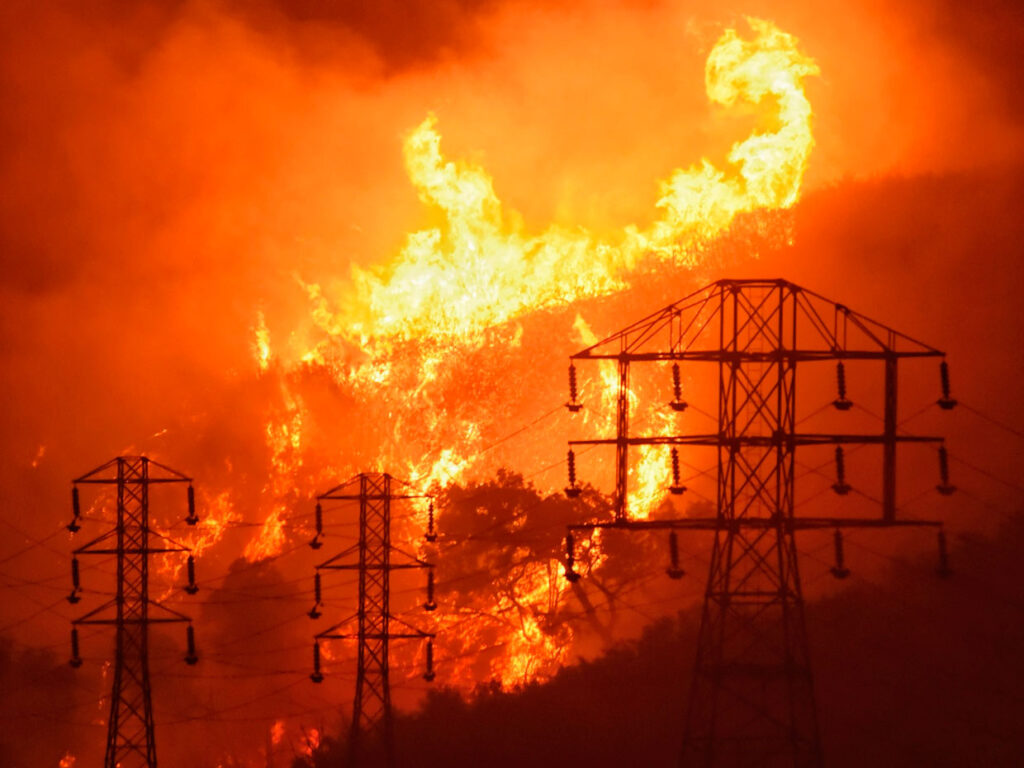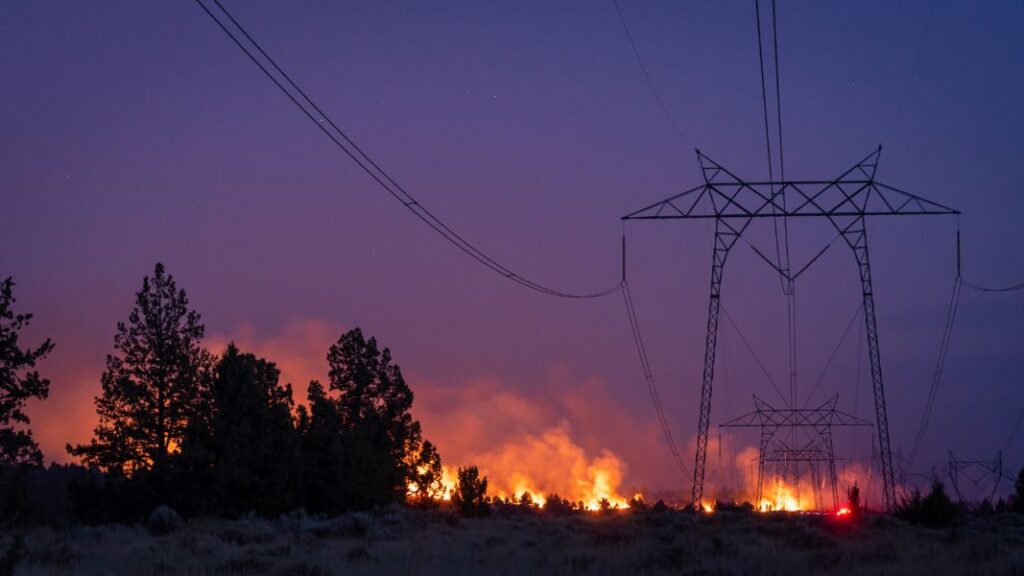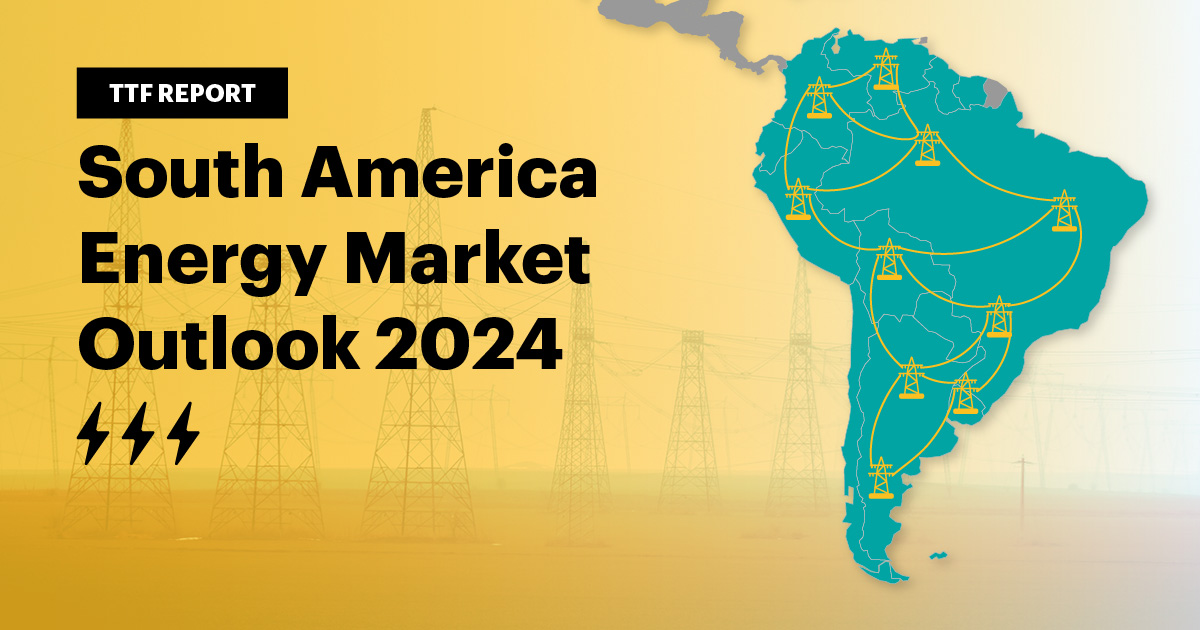- Increased droughts in Brazil affect the electric grid and energy supply.
- Droughts result in lower water levels that impact hydropower generation in the country

In August, Brazil witnessed some wildfires surging from increased droughts in the country. Being South America’s largest economy, Brazil depends on hydropower for its energy supply. So, the increased droughts in the country affect hydropower plants by reducing the water levels. Additionally, the dams in the country are at an average of 57% of total capacity. This has gone down from 68% in June, according to the country’s power grid operator, ONS. The droughts impact the energy supply in the country, increase blackouts, and energy prices.
Conductor hardware includes components that support and connect conductors in overhead transmission lines. They create an electrical connection between parts of an electrical circuit and join them together into a larger circuit. Conductor hardware also provides support to other components and applications in the system. They include components such as formed wire, lug & terminal, dead end clamps, insulator fittings, and splice conductors. Conductor hardware allows the flow of electrical current with minimal resistance. They also help in making the transmission line durable for longer periods of time. The hardware can work with different accessories to help carry the mechanical and electric loads.
Impacts of drought on Brazil’s energy supply
Droughts in Brazil impact the energy supply due to its heavy reliance on hydropower. Droughts reduce hydropower generation, increase reliance on fossil fuels, cause crop losses, and increase fire activity. The increased droughts also highlight the need for energy diversification and resilience against climate-related risks. With the use of conductor hardware in their infrastructure, Brazil can help lower electrical resistance which reduces energy losses. Here’s how droughts affect Brazil’s energy supply system.

- Hydropower generation – Brazil depends on hydropower, which contributes to about 60-70% of its electricity generation. Droughts lead to lower water levels in the reservoirs, which reduce the capacity of hydropower plants to generate electricity. These droughts can lead to low water levels in reservoirs. This in turn forces power plants to operate at reduced capacity.
- Increased use of fossil fuels – as a result of the low water levels, Brazil may turn to thermal power plants to meet the energy demand. The plants run on fossil fuels, such as natural gas, oil, and coal. The shift increases the country’s carbon emissions and raises the cost of electricity. Increased use of fossil fuels can lead to higher energy prices for consumers.
- Energy security – the droughts can lead to shortages if the demand for electricity is higher than the supply. This often results in rolling blackouts, which affect industries, businesses, and households. The reliance on thermal plants can create challenges in maintaining grid stability.
- Climate change – severe droughts in Brazil worsens the challenges to energy supply as climate change shifts. The situation underlines the urgency of developing more resilient energy systems. This includes systems that are able to withstand the environmental changes.
Measures to mitigate the effects of drought on energy supply
In response to the situation, the government is in talks with Paraguay to provisionally raise the water levels at the Itaipu dam. Raising water levels may help increase its electric output to meet energy demands. The government is also paying industries to reduce electricity use during peak hours. Meanwhile, the use of conductor hardware such as switchgear and circuit breakers allows for the control and protection of electrical circuits. They enable the grid to handle fluctuations in demand and supply. This is to improve the reliability of energy supply. Discussed below are the strategies governments and industry professionals can install to improve the resilience of the energy system.

- Energy sources diversification – the government may increase investments in renewable energy sources. This may help to increase energy produced to meet the growing energy demands.
- Hydropower efficiency and management – they may also need to upgrade the existing hydropower plants. This includes putting in place efficient turbines and better water management systems. Such measures help to maximize energy production even during low water conditions.
- Strengthening grid infrastructure – they may also need to develop and put in place smart grid technologies that enhance efficiency and reliability. This may help reduce energy losses and better handle fluctuations in energy supply and demand.
- Regional and international cooperation – strengthening regional cooperation in energy trading helps to ensure Brazil can import electricity from neighboring countries.
Conclusion
Governments and industry professionals should aim to meet energy supply and demand in the country. This may help to reduce energy prices, blackouts, and strain on hydropower. By implementing the above measures, Brazil can reduce its vulnerability to droughts. It may also help ensure a more stable and diversified energy supply. It may also help them build a more resilient energy system capable of meeting future challenges.
